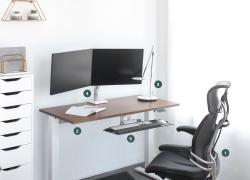Storage Stunners for Every Room of Your Home
(NewsUSA) - Trying to be better organized and looking to overcome your storage dilemma with more than a dull metal rack or a makeshift cubby? Take your cue from these design pros. Throughout the home, they’re creating functional and beautiful storage solutions. How? They’re doing it with all-natural cypress. And you can, too!
- Trying to be better organized and looking to overcome your storage dilemma with more than a dull metal rack or a makeshift cubby? Take your cue from these design pros. Throughout the home, they’re creating functional and beautiful storage solutions. How? They’re doing it with all-natural cypress. And you can, too!
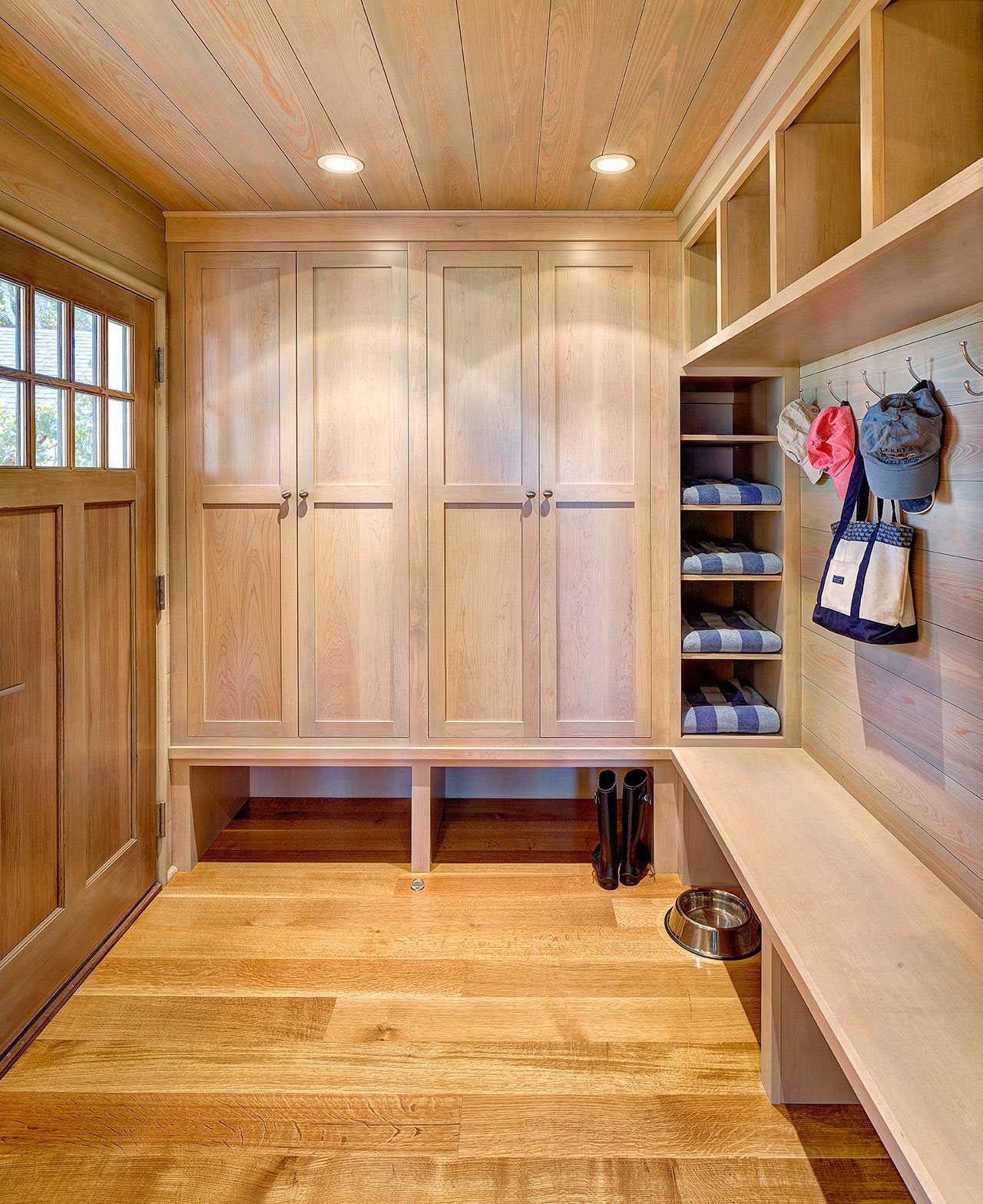
Starting at the Entryway
A well-designed mudroom—crafted to handle the mess of rain, mud, snow, and sand—can be warm, welcoming, and functional, as well. Ian Faight of the Southern Cypress Manufacturers Association, www.CypressInfo.org, suggests using cypress to dress up that high-traffic space. “Cypress is a beautiful wood, perfect for cabinets and cubbies, flooring, paneling, and ceilings,” he explains. “And it’s a durable material that can stand up to everyday use—and look good doing it.” Photo courtesy of Bob Gothard
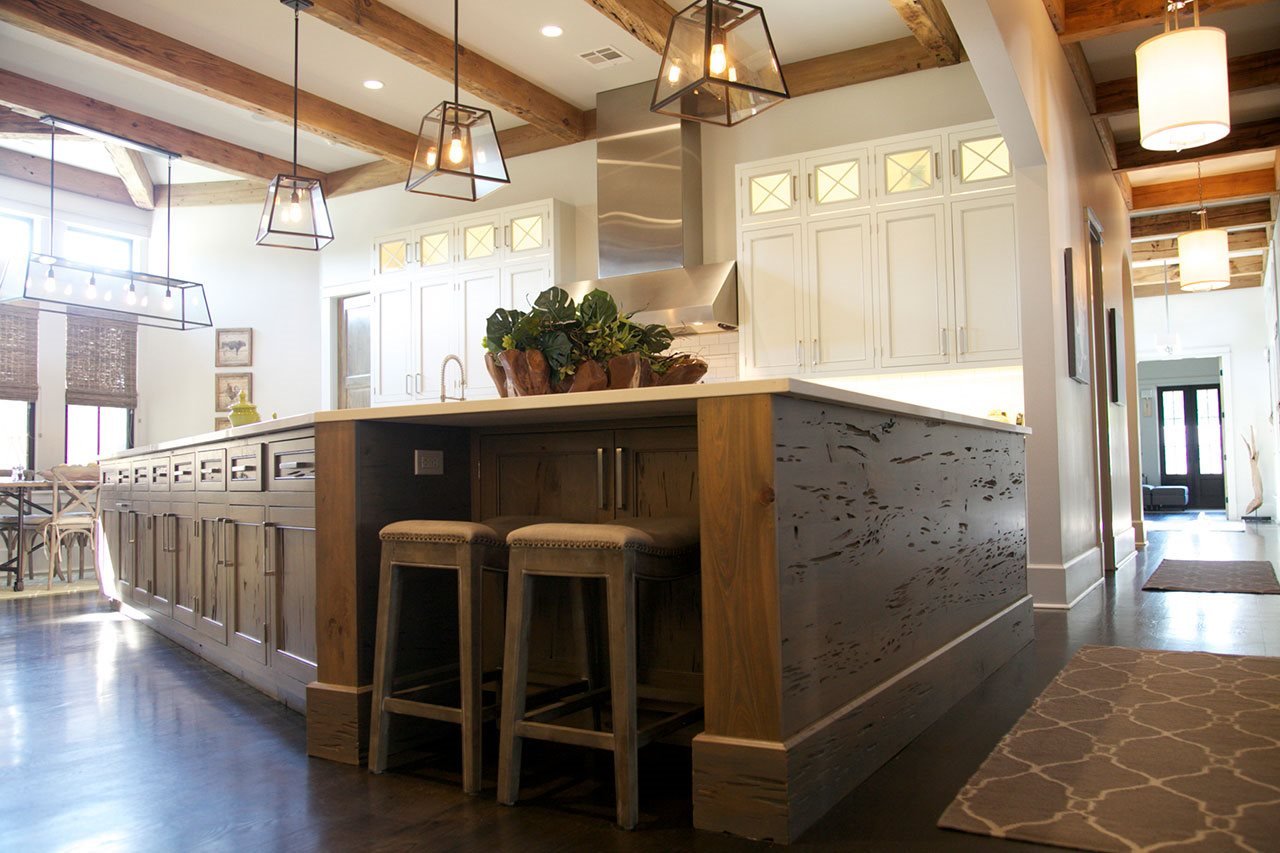
Cypress in the Kitchen
At the heart of it all, and integral to any practical kitchen layout, is the island—that all-encompassing oasis used for storing pots and pans, preparing meals, and working on homework. “In the kitchen, homeowners are looking for functional design with as much storage space as possible,” says Ellie Schroder from Maison de Reve Buildings, Abita Springs, Louisiana. “If you have modern, painted cabinets, set off the island in a complementary color and a textured wood like pecky cypress, so that the island is like a piece of fine furniture that’s different from the rest of the kitchen.” Photo courtesy Julie D. Philippus
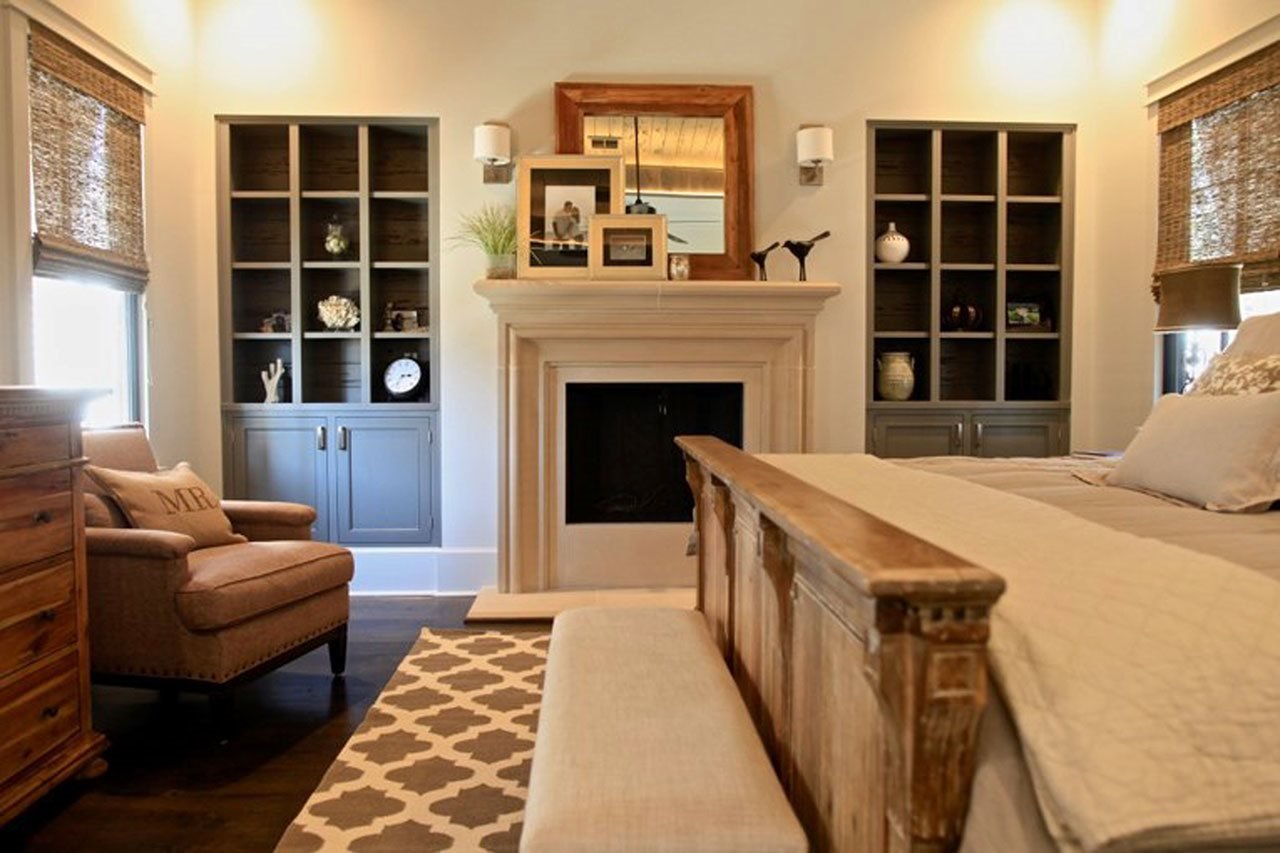
In the Bedroom
Closets and dressers are great for keeping clothes out of sight, but they don’t offer much storage for knickknacks, picture frames, and other personal items. Woodworker Julie Philippus from Mandeville, Louisiana, suggests building into the walls for rooms lacking storage. “Built-ins can be an inexpensive way to add extra storage and a custom look to bedrooms—or any rooms—that are short on space,” she says. “To dress up basic shelving, I like adding pecky cypress backboards to create a one-of-a-kind look.” Photo courtesy Julie D. Philippus
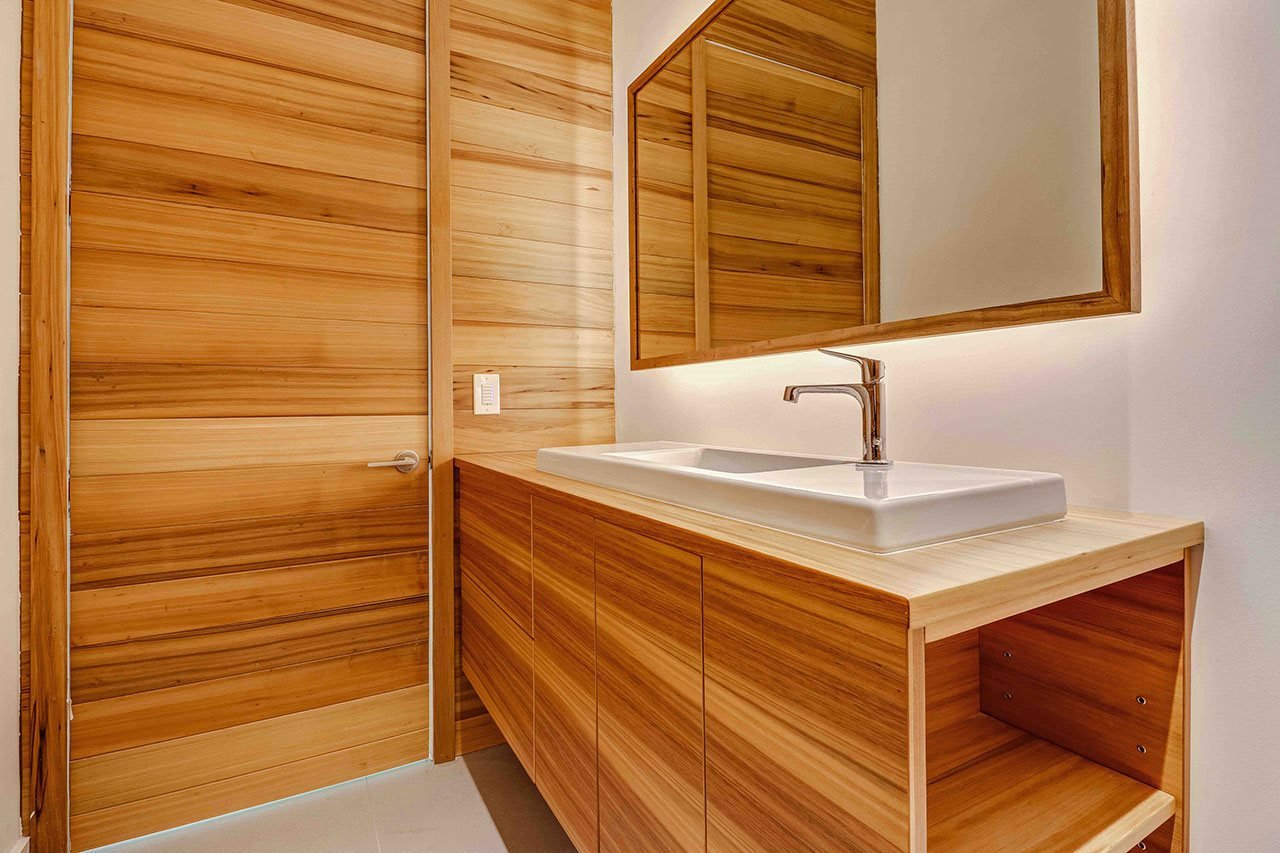
For the (Home) Spa
Whether outfitting a guest bath—or splurging on your master—creating a luxurious, spa-like sanctuary involves more than fancy faucets and fixtures! Enhance your space with a custom vanity that provides aesthetic warmth, as well as plenty of storage. “Vanities serve a utilitarian purpose,” says woodworker Jason Straw of Gainesville, Florida. “But a custom, modern vanity crafted from real wood is similar to art. When relaxing in the tub, you can sit back and enjoy its presence.”
And no worries about crafting cabinetry for wet zones. Straw believes cypress is the best choice. “It’s not only beautiful,” Straw says, “but the cypressene oil found in its heartwood naturally protects it from water damage and mildew.”
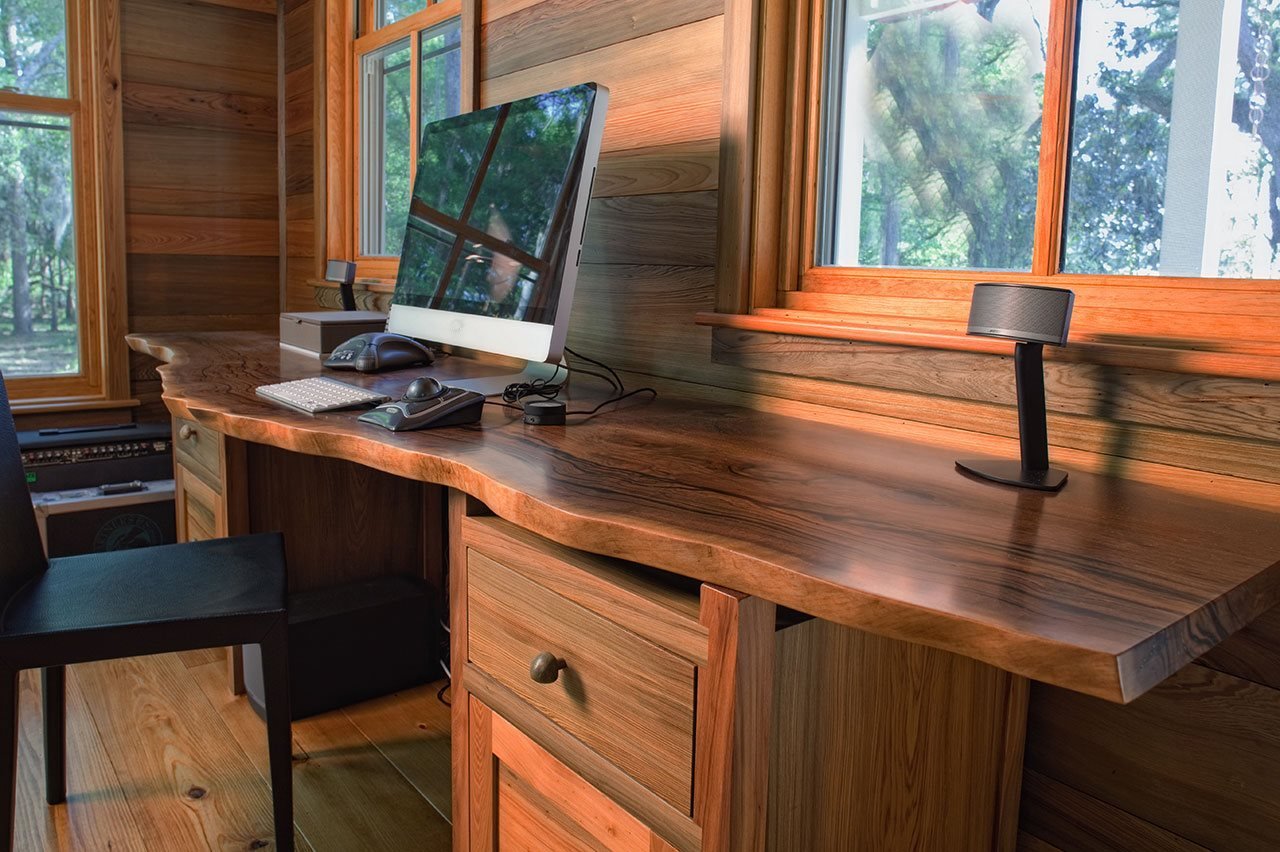
For the Finishing Touch
If you work from home or need to put in extra hours, a home office is a must-have—offering a quiet space to stay on task and organized. According to Jane Frederick of Frederick + Frederick Architects in Beaufort, South Carolina—and a past president of the American Institute of Architects—design and comfort are two primary considerations when it comes to picking out a high-quality desk.
“Touching a solid surface speaks to the quality of construction,” Frederick says. “And the finishes make a big difference. I once designed a desk made out of solid, river-recovered cypress, with a live-edge walnut top. In addition to being built to last, it’s stunningly beautiful.”
Whether building a dream home, renovating an existing one, or simply trying to be better organized, look to cypress for creating functional and beautiful storage stunners. Visit www.CypressInfo.org to see how.

 -
- 
 -
-  - Expanded Screening Coverage Can Reduce Needless Deaths
- Expanded Screening Coverage Can Reduce Needless Deaths 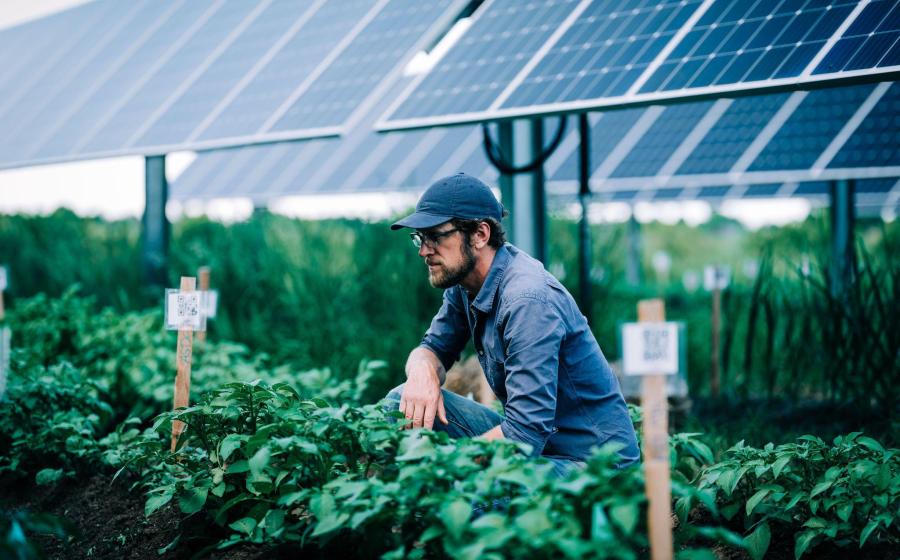
 - Many small, family-owned farms in America are struggling to make ends meet. But some farmers like Byron Kominek are discovering how renewable energy can help them keep their land and their way of life.
- Many small, family-owned farms in America are struggling to make ends meet. But some farmers like Byron Kominek are discovering how renewable energy can help them keep their land and their way of life.

